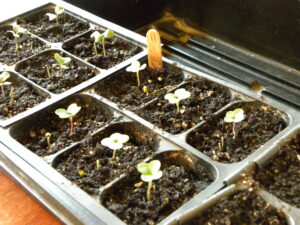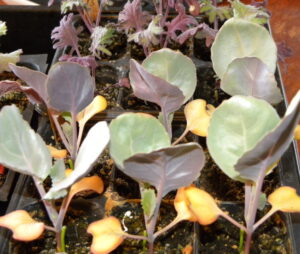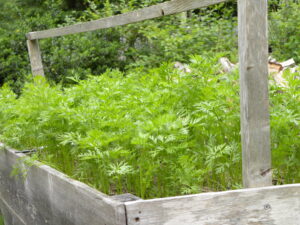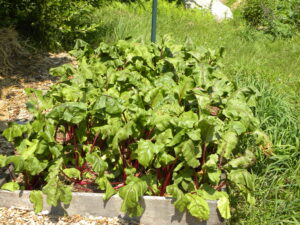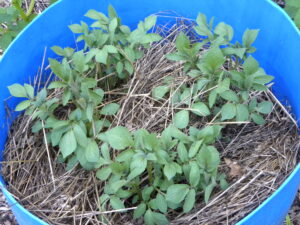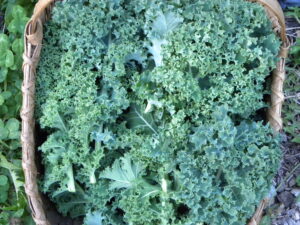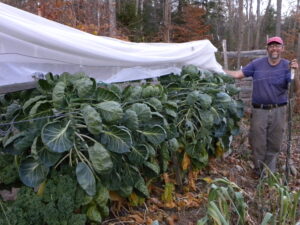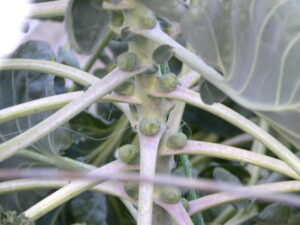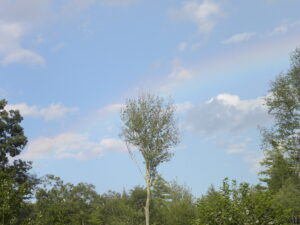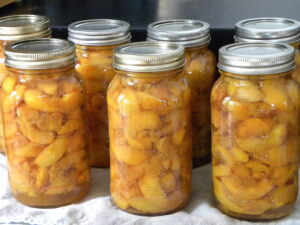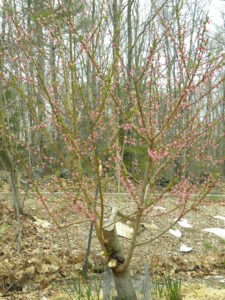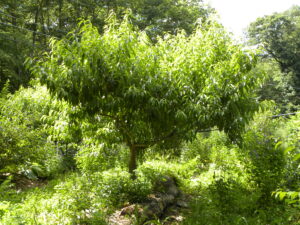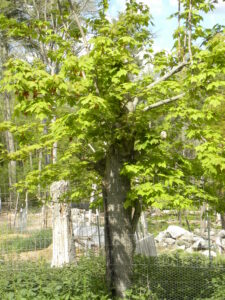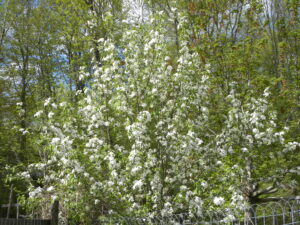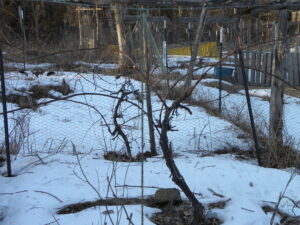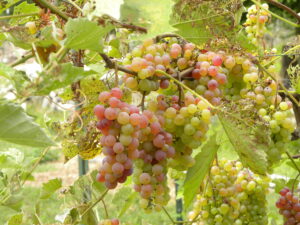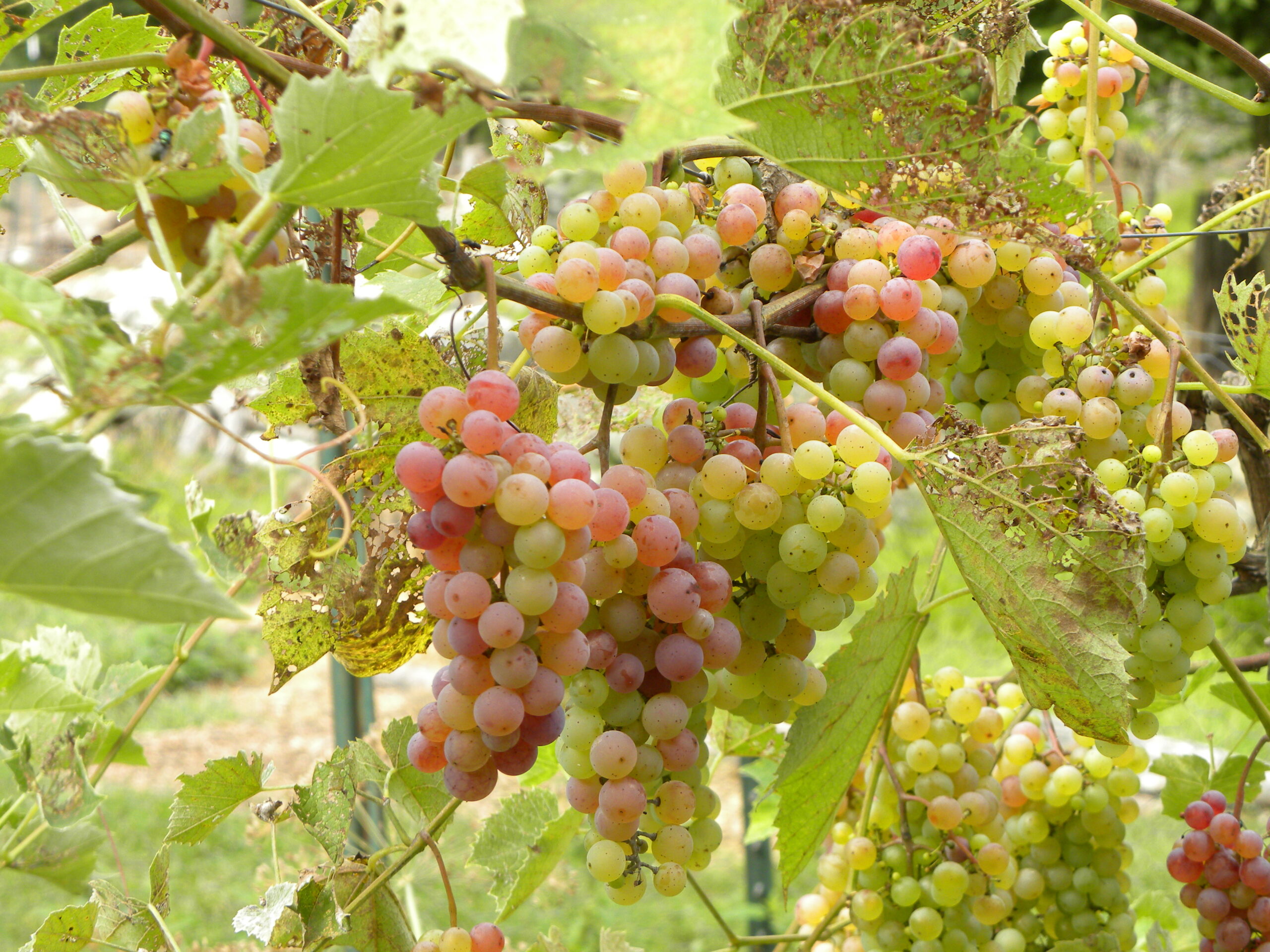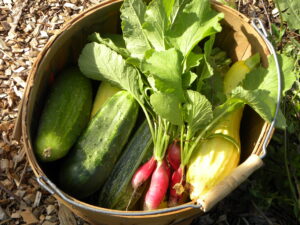 It’s the time of year when Permaculture Principle 2, Catch and StoreEnergy, is front and center and sometimes entirely fills up my life! This principle is about managing the abundance and even excess while we have it in order to get us through leaner times. Observing various cycles going on around us helps us excel at this. Such as the yearly cycle of plant growth, the changing patterns of storms, and the daily changes of hot and cold driven by the sun.
It’s the time of year when Permaculture Principle 2, Catch and StoreEnergy, is front and center and sometimes entirely fills up my life! This principle is about managing the abundance and even excess while we have it in order to get us through leaner times. Observing various cycles going on around us helps us excel at this. Such as the yearly cycle of plant growth, the changing patterns of storms, and the daily changes of hot and cold driven by the sun.
Food
I have written extensively about the work I do to catch and keep the harvest when it is coming in. Food preservation is critical in temperate zones such as New Hampshire. We plan our garden for a year’s worth of food. Ideally, 2 years worth in case of failures in certain crops. Putting food up is how I’m spending a lot of time right now. We are having successes and failures, like every year, but enough food is ready to keep me busy. Such as…
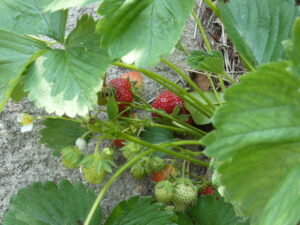
Strawberries Ripening
We had an amazing strawberry crop. Actually, we often get a lot of strawberries, but usually the chipmunks and other creatures take them all. In fact, I have been treating the strawberries I planted in our orchards over the years as more of a ground cover and not expected much fruit. For some reason this year the chipmunks are not as abundant. Maybe it was the harsher winter. Whatever the reason, we picked close to 100 lbs! This mostly went into the freezer and I will can them this fall when it is colder and easier to deal with the heat and humidity that canning creates. If I have enough freezer space, I can even wait until the winter and do much of it on the wood stove.
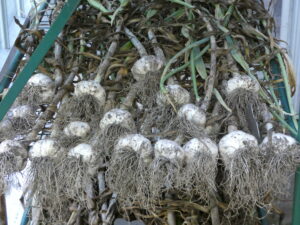
Garlic Drying
Every year the garlic seems to be ready earlier. I worry that it won’t have enough time to grow good-sized, long-lasting bulbs, but so far that hasn’t been the case. I could have pulled it in early July but mostly got to it in the middle of the month. It is now laid out on racks in a drying area we created using scavenged materials, taking advantage of the sun and warmth this time of year.

Basil for Pesto
The basil crop is strong and I have made a few pints of concentrated pesto already this year. In order to take up less space in the freezer, I use minimal olive oil, skip the cheese, and instead add tons of basil. When I defrost it later I can add more oil and cheese if I want to at that time.
The collards are gorgeous and growing fast. I dehydrate those for soups and braised veg dishes. They can sit on the shelf for years with minimal degradation.
I am also investing in the future of my plants by saving seeds as they mature over the season: parsnips, lettuce, beans, herbs and flowers are a few easy ones.
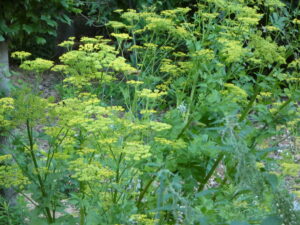
Overwintered Parsnips Setting Seed
Beyond food, there are other energy flows we are involved in capturing.
Water

Rain Water Collection Tote
Now that droughts are becoming a regular problem, rain water collection is important. We used to expect a good rain at least once every week or two. With that schedule, our good soil, mulched gardens and abundant plant life means we almost never had to water. We had about 5 50 gallon rain barrels for a little extra resilience and for the animals, who tend to have better health drinking rain water. Now, we have invested in 4 275 gallon containers and added gutters on all our outbuildings to capture enough to last us 4-6 weeks in between rain storms.
Cool Air
We all know that every day the air around us heats up with the sun, and cools down during the dark hours. Since we don’t have air conditioning, we make a point this time of year of closing up the house on a hot day, then opening the windows to capture the coolness of the nighttime. I know it’s not as effective as AC, but it makes a difference without using a lot of energy.
Information
Another flow I work to capture in the summer is information. When I plant, what I harvest, what problems we experience… it seems like I’ll remember it all come winter, but I just don’t. All that data is pouring in when I don’t have much time to give to writing it down. Having notebooks and stations where we can keep simple records to go over later (like in my last post) has been really important to improving as a homesteader.
So, these are a few ways that I have integrated Principle 2, Catch and Store Energy, into my life. For another take on it, listen to Charlie Mgee’s song: Energy! This one is also closely related to Permaculture Principle 5, Use and Value Renewable Resources and Services, which is next on my list to write about… when I can find enough of the most precious resource of all – time!
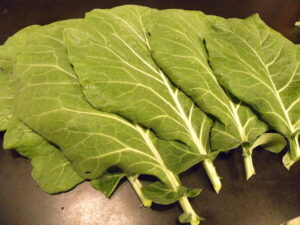
Collard Greens to Dry

